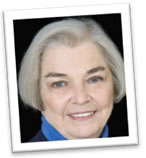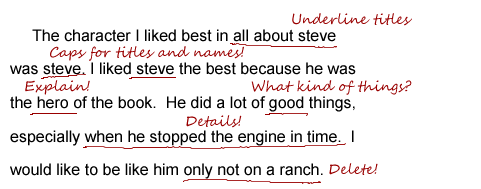 From the desk of Sheila Crowell
From the desk of Sheila Crowell
Dear Parents and Guardians,
Welcome to The Writers Room Program, which brings trained writing coaches into the classroom to support teachers who are using a revision-based writing approach.
What does that mean? First, let’s look at some terms.
Writing. Drafting. Revising. Editing. These words are the key to the modern teaching of writing—but they meant something entirely different to students—and to some teachers—thirty years ago.
Writing meant a paper that you handed in.
Drafting was what lawyers did when they put together a contract.
Revision and editing meant correcting errors in spelling, punctuation, and grammar.
And classroom assignments went something like this:
Teacher: “Over the weekend write a five-paragraph essay about the character you liked best in the book we just finished reading.”
The papers were collected on Monday, and on Thursday each was returned with a grade on it and with the errors marked in red.
Student A’s paper looked like this:

That’s the way you learned to write. You read something, you wrote something, and your teacher told you in red ink what you did wrong.
But then in the last part of the 20th century, teachers of writing and professors of English began to study exactly how good writers write. They asked writers what their process was. And they learned that people have many different ways of starting to write. They also learned that after the initial thoughts are down on paper, writers take a look at what they have written and
- choose the ideas that seem worth developing
- figure out the best way to develop those ideas
- decide how to make those ideas appealing to their audience
The key to this approach is the understanding that the first idea you put down may not be the idea you eventually write about.
OK, but what does that have to do with Student A’s paper? If I had written that, I’d give myself a D—or maybe an F.
For starters, the paper shouldn’t have any marks at all—let alone red ones. What the student wrote is just the first step in drafting an essay, not the essay itself.
Read Student A’s sentences again. And DON’T think of it as the final stage of an essay. Rather, think of it as someone beginning to write something s/he has never written about and doesn’t know just what to say. S/he calls Steve a hero. Well, stopping an engine in time could be heroic—but it could also be luck. Just listing details isn’t enough. Maybe Steve pulled the right lever because he knew which lever to pull—or maybe he just took a chance and guessed the correct one. The writer needs to support the claim that Steve did something heroic.
I see what you mean--but what about the last part — only not on a ranch — what does that mean?
I don’t know, but I’d want to ask about it! It sounds like Student A read enough of the book to form a couple of strong opinions. The statement is intriguing and when I see something like that on a page, it gives me a chance to find out what the student is thinking. Sometimes, a conversation about a simple phrase can lead to bigger ideas. It might even change the direction of the essay.
This sounds like a good idea, but you’d need lots of small classes to get all the work done, and that’s not possible in our district. There’s just no time for one-on-one instruction when you have large classes.
If there were trained writing coaches working with the students, the teacher would have that time.
Can that really happen?
It’s happening in lots of places now —
— where the first draft is never the last draft
— where teachers make suggestions, not corrections
— and where the writer makes changes that are
substantive, not simply corrective
One Final Word: Go to the Gallery and look at the pictures. That’s what a classroom with trained Writers Room Program coaches looks like—with students who are engaged in their work and coaches who are talking/listening to the students’ ideas.
And the teacher, well, she’s doing what she always wanted to do—conferring one on one with her students.
Interested?